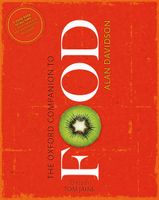Advertisement
Turkey
Published 2014
The nomenclature of turkeys in modern European languages and scientific Latin reflects confusion about the origin and nature of the birds on their arrival from the New World. They were confused in European minds with guinea-fowl, and probably peacocks too. Linnaeus used Meleagris, the Roman name for guinea-fowl, when naming the genus to which turkeys belong. Europeans called turkeys by names reflecting a supposed eastern origin, including coq d’Inde (cock of India), later corrupted to dinde or dindon in French. The English, who may have had their first birds through the agency of the Levant or Turkey merchants, settled on ‘turkey-cock’.


